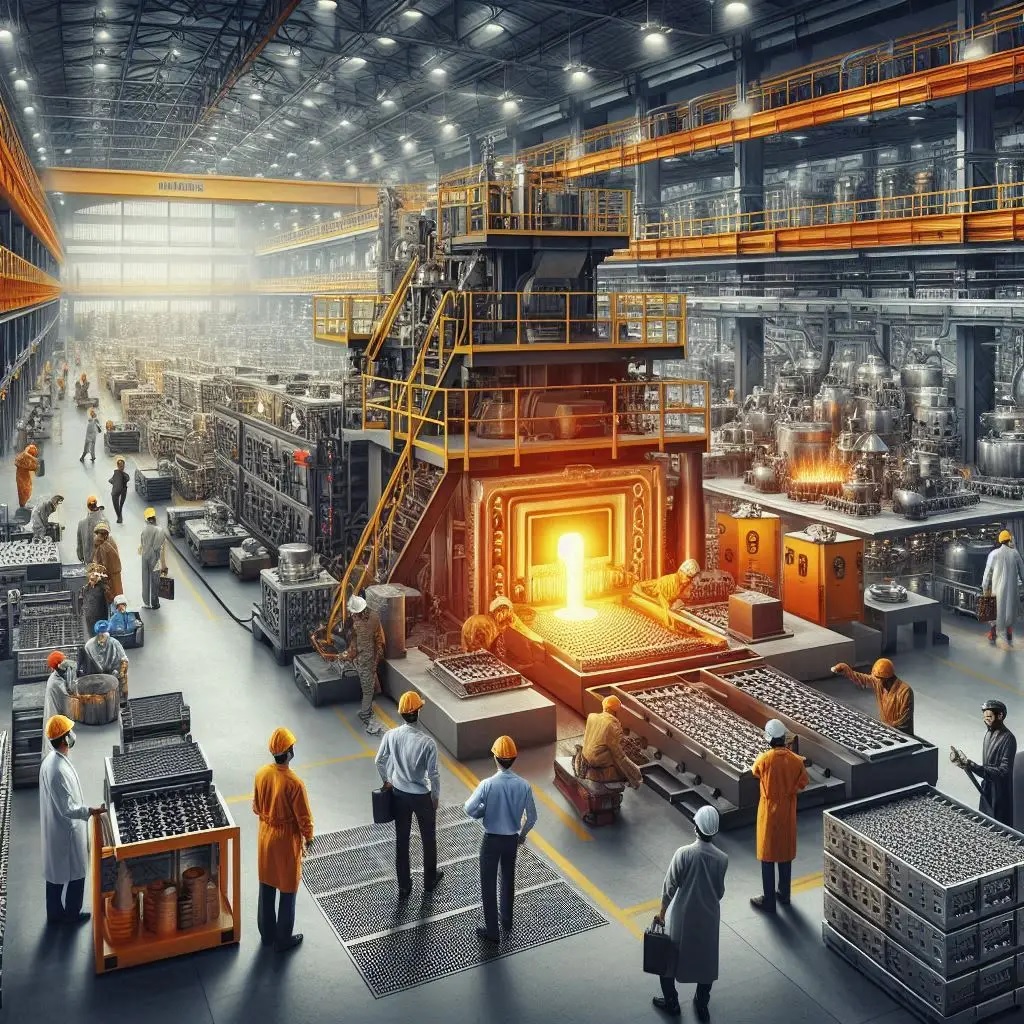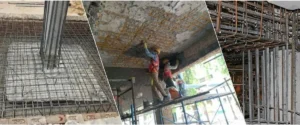
Machined Investment Casting
Today’s industries need components that are durable, precise and ready for immediate installation. Machined investment casting has the ability to offer a new solution with the best design principles of investment casting with the precision of CNC machining. The end result is a high quality, near-net-shape component that meets all dimensional tolerances, surface finish and performance. Machined investment casting is used in various industries including automotive, aerospace, oil & gas, defence, marine and general engineering.
What is Machined Investment Casting?
Machined investment casting is the manufacture of cast components using the lost-wax cast process and finished with CNC machining or other types of machining. Investment casting provides the complex geometry and intricate detailing with its extremely fine patterns, whereas the machining process is used to make precise dimensional adjustments, provide an improved surface finish, and allow for better assembly compatibility. Together, these manufacturing processes allow the ability to manufacture components that minimally require secondary processing and still meet international quality standards.
Key Benefits of Machined Investment Casting
Opting for machined investment casting provides industries many benefits, combining efficiency, performance, and flexibility. Its design flexibility leads to production of complex and thin-walled geometry, as well as complex parts, that are difficult to manufacture by traditional processes. High dimensional accuracy, ensuring components consistently meet tolerances, and produce components to exact specifications, is achieved through precision machining. The surface finish of machined investment casting also leads to less surface treatment or finishing and is versatile across a wide array of alloys – stainless steel, carbon steel, aluminum, bronze, nickel alloys, and superalloys. Cost efficiency is realized through the net-shape production, which decreases machining time, material waste, and ultimately costs associated with production. Finally, its consistency provides predictable and repeatable results, in production of a single item, through individual pieces, and for large volume production runs, making it ideal for production of critical applications.
Applications of Machined Investment Casting
Machined investment castings are used in many industries where performance, longevity, and tolerances are crucial. Within the automotive market, machined investment castings are used for engine components, turbocharger wheels, brackets, and suspension components where strength and precision is critical. Within the aerospace and defense marketplace, machined investment castings are found in turbine blades, aircraft fittings, safety-critical components, and weapons parts where reliable performance is vitally important. In the oil & gas and petrochemical industries machined investment castings are particularly important for valve bodies, pump impellers, and flow-control components utilized with high-pressure or corrosive systems. In the marine and power generation sectors, machined investment castings are relied upon for corrosion resistant fittings, turbine components, and heat-resistant alloys intended for hostile environments. To list but a few more examples, industry machinery and tools rely heavily on machined investment castings for precision tools, heavy-duty hardware, and machine components designed to maximize operational efficiency.
Why Choose Machined Investment Casting?
Machined investment casting is a complete process with precision to deliver end products to be used directly in critical application. With the capabilities of casting and machining working together, manufacturers can provide customers with components that are simply stronger, more reliable, and customized to the applications intended use. Machined investment casting has many advantages including reduced rework, shortened lead times, and a great combination of performance and cost.
Future of Machined Investment Casting
With advances in automation, 3D printing for wax patterns, and CNC technology, the process involved in machined investment casting is making the process more efficient and sustainable. As the demand for parts in aerospace, defense, renewable energy, and the medical field grows, the practice of using investment casting will only increase. Manufacturers are also driving the need for environmentally conscious practices while increasing lead-time to accommodate specific industries.
Conclusion
Machined investment casting is a reliable and versatile solution for many industries that require durable, high precision, and reasonably priced parts. It leverages the flexibility of investment casting and the precision of machining to deliver top performance in a variety of applications. As industries change and we continue to face more threats to global supply chains, machined investment casting will represent an important manufacturing process to produce critical metal components with accuracy and reliability.

